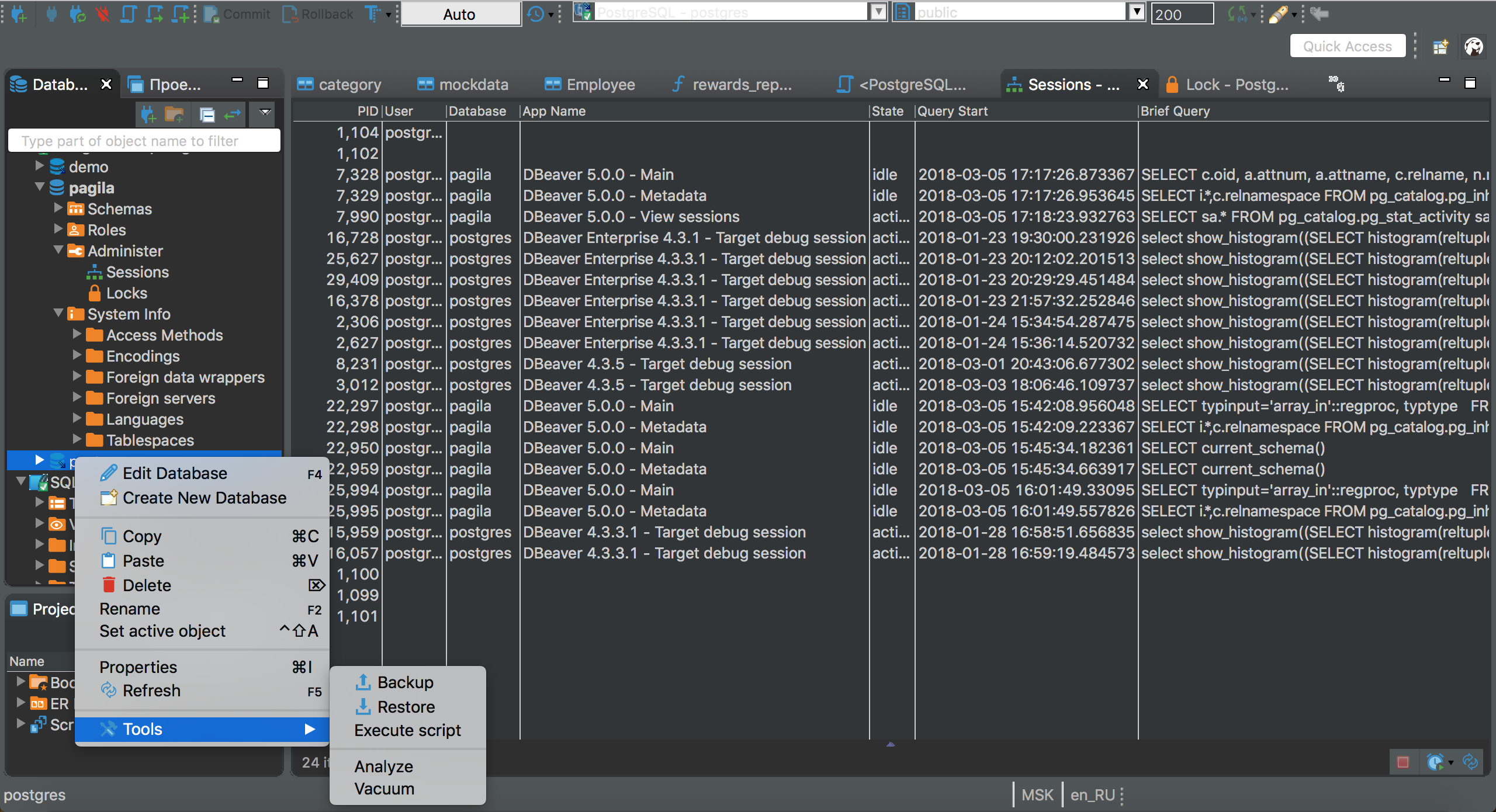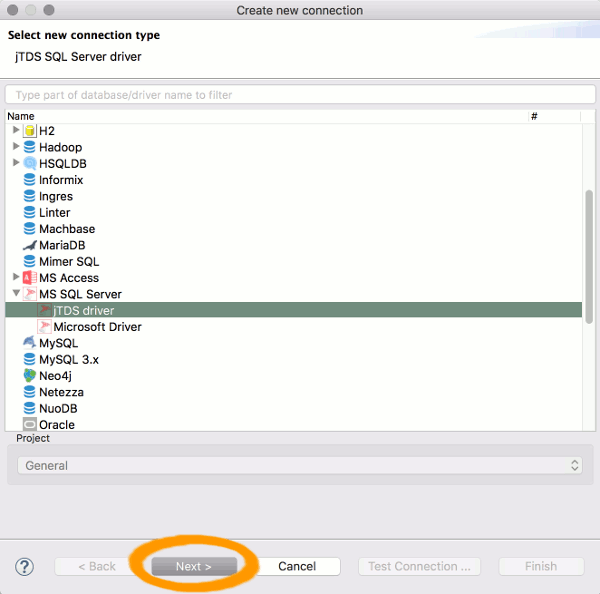

- #Dbeaver sql server how to#
- #Dbeaver sql server 64 Bit#
- #Dbeaver sql server license#
- #Dbeaver sql server series#
- #Dbeaver sql server download#
I'm going to be doing this course on a Windows computer, so I would choose the Windows 64 bit installer, but you could also choose macOS or Linux if that's the operating system that you're using. Then on this page, you can scroll down and choose the installer for whatever platform you're working with.
#Dbeaver sql server download#
Then from here, you can click on the big Download button. To get the Community edition, we need to navigate to a different URL. The Community edition will allow us to make connections to some of the most popular relational database platforms, such as SQL Server, PostgreSQL, SQLite, MySQL, and Microsoft Access. And this is the edition that I'm going to be working with throughout this course. There's also a free open-source version called Community. For instance, Lite does not support cloud-hosted database connections, where Enterprise and Ultimate both do. The primary differentiator between these three commercial products is the type of data sources that they'll connect to. Lite, Enterprise, and Ultimate are all paid commercial products, with Ultimate providing the most comprehensive set of capabilities. You can review a comparison table at /edition.
#Dbeaver sql server license#
DBeaver comes in four different license levels, depending on the features that you need. If you're like me and move between operating systems frequently, DBeaver can provide some stability here, since the interface will be the same, no matter what type of computer you're working on. It's also multiplatform, meaning that the same application is available on Windows, macOS, and Linux. So DBeaver is a universal database client. This means that if you take the time to learn how DBeaver works, you can be productive with a very large number of data sources and not need to learn a new tool set or alter your workflows every time a new platform enters the mix. And since everything happens within a single application, you can bounce back and forth between various data sources without having to change the tool that you're working with. You can run SQL commands to create new database objects or to alter existing objects. You can explore the structure of your database to see how tables relate to one another and how various data constraints have been implemented. You can browse the data that they contain or write SQL queries for analysis or reporting tasks. Once a data source is connected, DBeaver will allow you to do almost anything that you would want to do with it. Needless to say, no matter what technology you need to work with, it's likely that DBeaver will be able to access that data.
#Dbeaver sql server series#
We have key value stores, time series databases, graph databases, search engines, and finally, we have some embedded databases, such as SQLite, Microsoft Access, and the good old comma-separated values flat file. We can also use DBeaver to connect to big data sources, like Apache Spark and CockroachDB. There are access to cloud-hosted databases, like Amazon's Redshift and DynamoDB, Google's BigQuery, and Microsoft SQL Azure. We also have connections to popular document databases, such as MongoDB and Couchbase. Scrolling down on the page, we'll find some analytical databases, such as Teradata and SAP HANA. We have relational databases such as MySQL, Oracle, Microsoft SQL Server, and PostgreSQL. You can see a list of all the data sources that DBeaver supports by visiting /databases. With DBeaver, you can connect to almost any data source with just one application. DBeaver makes your job easier by providing a single universal interface for all of your data, no matter what platform it lives on or what file formats it's stored in. For data scientists that need to work with data from a variety of sources, this means that you need to have a working knowledge of all of these different applications and be able to remember their unique workflows, shortcuts, and quirks.
#Dbeaver sql server how to#
And if you work with spreadsheets or data stored in CSV files, then you'll also need to know how to use Microsoft Excel or Google Sheets. MySQL users will know about MySQL Workbench or phpMyAdmin. If you work with PostgreSQL data, then you've likely used pgAdmin. For instance, if you work with SQL Server, then you're almost certainly familiar with Management Studio. Each database platform or data storage format typically has its own native tool set or graphical user interface.

If you've spent any time working with data, then I'm sure you've had to familiarize yourself with a wide variety of different tools.

We'll start with the problem that DBeaver attempts to solve. Let's kick off this course with a brief introduction to what DBeaver is and why you might choose to incorporate the application into your data science workflows.


 0 kommentar(er)
0 kommentar(er)
